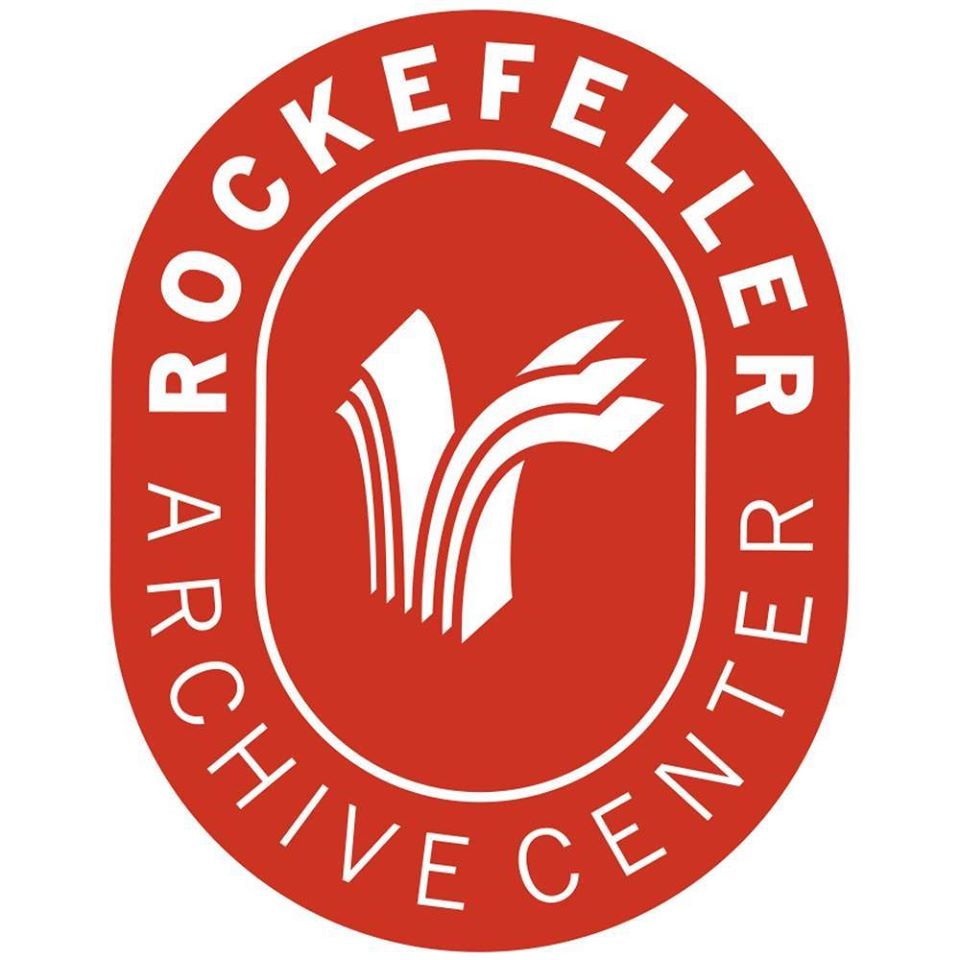Collection context
Summary
- Creator:
- Bureau of Social Hygiene. (New York, N.Y.)
- Extent:
- 31.87 Cubic Feet
- Language:
- English .
Background
- Biographical / Historical:
The Bureau of Social Hygiene resulted from the appointment of John D. Rockefeller, Jr., to a Special Grand Jury to investigate white slavery in New York City in 1910. In conferences taken in the course of this investigation, Mr. Rockefeller, Jr., became convinced that for a lasting improvement of conditions a permanent organization was needed. On March 22, 1911, The Committee of Three, including Mr. Rockefeller, Jr., Paul Warburg, and Starr Murphy, met. The name "Bureau of Social Hygiene" was first used in October of that year, but not consistently until 1913.
In 1913 the Bureau was incorporated and its purpose was stated as "...the study, amelioration, and prevention of those social conditions, crimes, and diseases which adversely affect the well being of society, with special reference to prostitution and the evils associated therewith." The Bureau would engage in research and education, publish reports, and employ and/or cooperate with other public or private agencies to obtain these goals. The emphasis in the years from 1911 until the reorganization of 1928 was mainly on prostitution, the control of vice, and, through that, the relationships to police organization. Narcotics was also an early interest. Throughout these early years, Katharine Bement Davis, Commissioner of Charities and Correction of New York and later Superintendent of Bedford Hills Reformatory, guided the Bureau as General Secretary.
Miss Davis resigned in 1928 and Lawrence B. Dunham was appointed Director. Under Mr. Dunham's administration, from 1928-1934, the Bureau developed a broadened interest in criminology. In 1929 the certificate of incorporation was amended and the emphasis on prostitution was dropped. Criminology embraced crime reporting, police training and education, penology, criminal law, and juvenile delinquency. While studies and projects were still conducted in narcotics and social hygiene, the main thrust of the organization was crime and criminology.
The Bureau functioned through grants. It was not a foundation and had no set endowment. In the very early years of its existence, financial backing came from several sources including Paul Warburg, the New York Foundation, and John D. Rockefeller, Jr., although throughout the history of the Bureau, Mr. Rockefeller, Jr., was always the main contributor. Grants were occasionally channeled through the Bureau from the Spelman Fund of New York and the Rockefeller Foundation.
Grants were made by the Bureau for a variety of types of work. Research studies were conducted, such as the Institute of Criminology and the Crew Study; books were published, such as "European Police Systems" and "Policewoman's Handbook"; fellowships were given, as were the fellowships in prison study; and experiments were conducted at the Massachusetts State Prison Colony and the Laboratory of Social Hygiene at Bedford Hills. Grants were most often long range covering periods of from three to five years. Although the Bureau did not interfere in the conduct of a project once money had been granted, it was careful in its selection of projects and kept in close touch during the life of the project.
The Bureau ceased making new appropriations in 1934 and by mid-1937 all the previous commitments had been brought to a close. Annual meetings were held until 1940 when the Bureau was dissolved on November 13th.
- Acquisition information:
- The papers of the Bureau of Social Hygiene were deposited with the Rockefeller Foundation Archives in January 1938 by Arthur Woods.The collection was donated to the Rockefeller Archive Center in 1978.
- Arrangement:
This collection is arranged in six series, as follows:
Series 1 - Administration
Series 2 - Finances
Series 3 - Projects
Series 4 - Leonard V. Harrison Files
Series 5 - New York Police Psychopathic Laboratory
Series 1017 - Photographs
- Rules or conventions:
- Describing Archives: A Content Standard
Indexed Terms
- Subjects:
- Maternal health services
Narcotic laws
Public health administration
Police training
Juvenile delinquency
Criminal law
Crime
Correctional institutions
Mental health
Family planning
Hygiene
Human rights
Law
Mentally ill offenders
Birth control
Sexual health
Prostitution
Human trafficking - Places:
- United States
Online content
Access
- RESTRICTIONS:
-
Open for research. Brittle or damaged items are available at the discretion of RAC. Researchers interested in accessing digital media (floppy disks, CDs, DVDs, etc.) or audiovisual material (audio cassettes, VHS, etc.) in this collection must use an access surrogate. The original items may not be accessed because of preservation concerns. To request an access surrogate be made, or if you are unsure if there is an access surrogate, please contact an archivist.
- TERMS OF ACCESS:
-
The Rockefeller Archive Center has title, copyright, and literary rights in the collection, in so far as it holds them, and has authority to grant permission to cite and publish archival material from the collection.
- LOCATION OF THIS COLLECTION:
- CONTACT:
-

